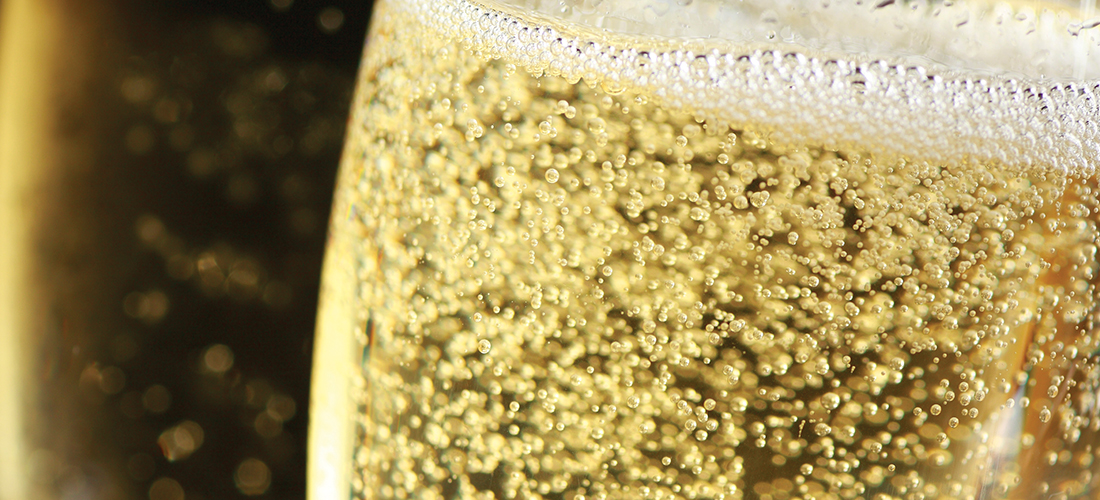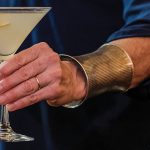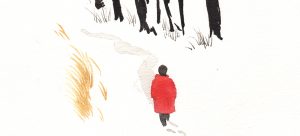
Toast of the Town
How the custom got its beginning
By Robyn James
Beginning a new year is a classic time for a toast. So are weddings, anniversaries, birthdays and basically any occasion for a social gathering of family and friends.
But where did the custom of clinking glasses come from? There are many theories of the origination of the toast, but the most common is attributed to the Greeks in sixth century B.C. when deliberately poisoning people was a frighteningly common practice.
Sick of your spouse, neighbor or politician? Just a pinch of hemlock and be done with it. So, in order to convince people that you didn’t intend to off them, the Greeks would pour the wine from a common jug, then clink glasses together. By clinking, the wine would slosh back and forth between glasses, demonstrating that the host was willing to drink what everyone else was drinking and the wine was untainted.
The Greeks made a practice of offering libations to the gods and toasting to each other’s health. The Romans took it a step further by actually passing a law that everyone must drink to Emperor Augustus at every meal. Apparently, the wine was of such poor quality that the Romans discovered if they placed a piece of stale bread in the jug it would not only absorb some of the acidity, making the wine more palatable, but the bread would become edible again. Hence the name “toast.”
In the 1800s, the Toastmasters Clubs were founded to practice the art. Supposedly they became the referees of toasting, making sure participants kept it simple and civil. It was common then to toast beautiful women, which coined the expression “toast of the town.” One famous toastmaster compared a good toast to a short skirt: “It should be short enough to be interesting and long enough to cover the essentials.”
Here’s mud in your eye? Why would you wish that on anybody? OK, two theories exist on the origin of this common British toast. The first is a reference to horse racing, since this was a popular toast in fox hunting circles. The winning horse in a race is kicking mud into the eyes of the spectators, so it was a desirable thing. The second, and probably more common, theory is a biblical one where Jesus spat on the ground and rubbed the mud into a blind man’s eyes, restoring his sight.
“Cheers” is a term associated with toasting, and is believed to have originated from the French word “chiere,” meaning “face.” By the 14th century it was interpreted as a mood on the face, and by the 18th century it became the term it is today, a show of support and encouragement.
Here are some of the more popular and clever toasts of our times:
Here’s to Champagne, the drink divine,
That makes us forget our troubles;
It’s made of five dollars’ worth of wine
And twenty dollars’ worth of bubbles.
***
Here’s to the nights we’ll never remember with the friends we’ll never forget.
***
May the friends of our youth be the companions of our old age.
***
May we live as long as we want, and never want as long as we live.
***
May misfortune follow you the rest of your life but never catch up.
***
Here’s to mine and here’s to thine!
Now’s the time to clink it!
Here’s a flagon of old wine,
And here we are to drink it. OH
Robyn James is a certified sommelier and proprietor of The Wine Cellar and Tasting Room in Southern Pines. Contact her at robynajames@gmail.com.





